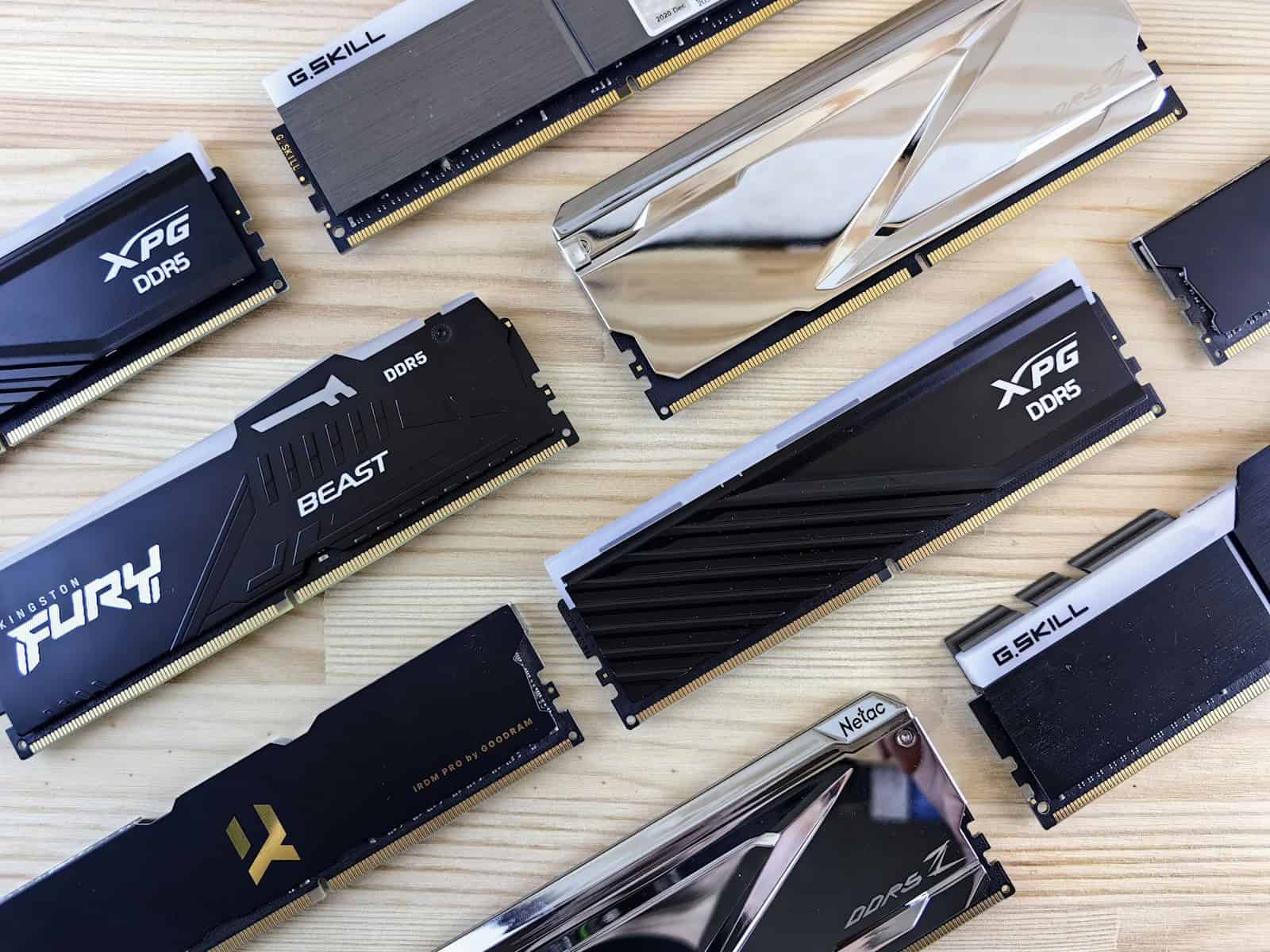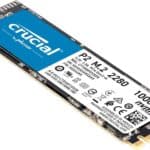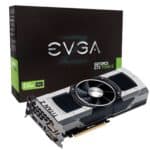The discussion between DDR4 and DDR5 RAM is timely for anyone considering a computer upgrade. DDR4 RAM has been the standard for years, appreciated for its reliable performance and compatibility with a wide range of systems. It operates at effective speeds up to 3200 MHz, which has been sufficient for most users’ needs. On the other hand, DDR5 introduces a leap in memory technology with promises of doubled data rates and reduced power consumption. Although it’s not universally supported by all systems yet, DDR5 RAM is gaining traction, operating at speeds potentially in excess of 4800 MHz.
Choosing between DDR4 and DDR5 RAM necessitates an understanding of one’s computing needs and the hardware they currently possess. Price also plays a significant role; DDR5’s advancements come at a higher cost compared to DDR4. Nevertheless, the improved performance of DDR5 might be justifiable for those needing to handle intensive tasks or looking to future-proof their systems. As with any technology upgrade, it’s essential to weigh the benefits against the cost and compatibility with existing hardware.
H2: Unraveling the DDR4 vs. DDR5 Debate: A Deep Dive into Performance and Compatibility Considerations
DDR4, the fourth generation of Double Data Rate Synchronous Dynamic Random Access Memory, has been the standard for computer memory for years. It’s known for its reliability and affordability. However, DDR5, the fifth generation, is the new kid on the block, promising higher speeds and improved power efficiency.
Performance Showdown
DDR5 boasts significantly higher speeds than DDR4. This means faster data transfer rates, leading to smoother multitasking and quicker loading times in applications and games. DDR5 also introduces features like on-die error correction codes (ECC) for enhanced reliability.
However, DDR5’s higher performance comes at a cost. It’s currently more expensive than DDR4, and the performance gains might not be noticeable for everyday tasks. For users primarily using their computers for web browsing, email, and office work, the difference might not justify the higher price tag.
| Feature | DDR4 | DDR5 |
|---|---|---|
| Speed | Up to 3200 MT/s | Up to 6400 MT/s (and beyond in the future) |
| Voltage | 1.2V | 1.1V |
| Capacity per Module | Up to 32GB | Up to 128GB (and potentially higher in the future) |
| Price | Lower | Higher |
Compatibility Concerns
DDR5 is not backward compatible with DDR4, meaning you’ll need a motherboard with DDR5 support to use it. This might necessitate a complete system upgrade for some users. Additionally, DDR5 is relatively new, so the availability of modules might be limited compared to DDR4.
The Verdict
If you’re a gamer, content creator, or power user who demands the best performance, DDR5 might be worth the investment. Its higher speeds and improved features can make a noticeable difference in demanding workloads.
However, if you’re a casual user who primarily uses your computer for everyday tasks, DDR4 remains a viable option. It’s affordable, readily available, and offers sufficient performance for most needs.
Ultimately, the choice between DDR4 and DDR5 depends on your budget, needs, and willingness to upgrade your system. If you’re building a new computer or upgrading an existing one, carefully consider the performance gains and compatibility requirements before making your decision.
Key Takeaways
- DDR4 RAM excels in broad compatibility and cost-effectiveness.
- DDR5 RAM offers higher speeds and energy efficiency.
- The choice between DDR4 and DDR5 should consider personal needs, cost, and system compatibility.
Technology and Specifications
New memory standards like DDR5 bring advancements in technology, impacting performance and efficiency. These enhancements cater to increasing demands in data processing and power management.
Fundamental Differences and Compatibility
DDR5 and DDR4 are distinct. They are not interchangeable due to differences in their design. Each type of RAM requires a compatible motherboard and CPU. Notably, DDR5 has a new feature called on-die ECC (error correction code) for better data reliability, whereas DDR4 does not have this feature integrated into the memory chips themselves.
Performance Metrics and Benchmarks
Performance gains are noticeable with DDR5 when it comes to speed and bandwidth. DDR5 starts at a data rate of 4800 MT/s, offering up to 19% faster performance in applications like 7-Zip compared to lower-end DDR4 speeds. Benchmarks show that high-end DDR5 can surpass even DDR4 at 3200 MT/s.
Memory Capacity, Structure, and Efficiency
DDR5 supports higher capacity per DIMM, which allows for more RAM in the same physical space. Its channel architecture is refined, and densities are greater, leading to increased data processing capability. DDR5 also operates at a lower voltage of 1.1v in contrast to DDR4’s 1.2v, enhancing power efficiency.
Gaming and Application-Specific Analysis
Gaming benefits from the increased bandwidth and frequencies of DDR5 RAM. Games like “Assassin’s Creed Valhalla” and “Far Cry 6” may show improvements with DDR5. Productivity applications like Adobe Premiere Pro and Blender similarly leverage the higher performance of DDR5 for faster rendering and processing times.
Pricing, Value, and Market Availability
As of now, DDR5 pricing is higher than DDR4, reflecting its novelty and performance advantages. However, as DDR5 becomes more prevalent, it is expected that prices may align more closely with DDR4. Availability of DDR5 is increasing, making the decision to upgrade dependent on budget and the need for cutting-edge performance.







